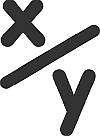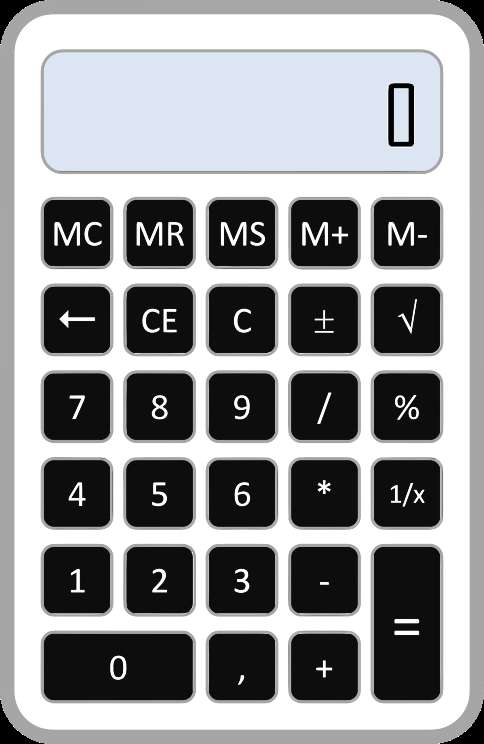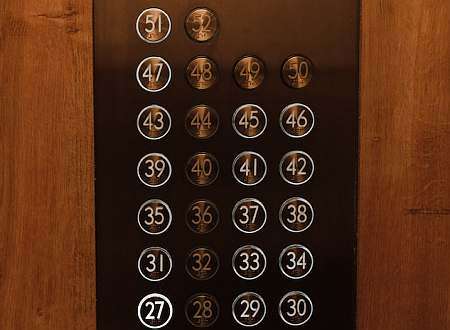Decimal To Hex
Instructions: Use this decimal to hex calculator to express any base 10 integer you provide into hex notation. Please type in the integer you want to convert in the box below.
Decimal To Hex Calculator
Use this tool to convert any base 10 integer into its corresponding hexadecimal format (base 16), showing all the steps. In order for the calculator to work correctly, an integer number needs to be provided.
Once a valid integer has been typed in, the next step is simply to click on the calculate to get the conversion done.
What is Decimal to Hexadecimal Conversion?
Decimal to hexadecimal conversion is the process of converting numbers from the base-10 system, which is the one we use daily, to the base-16 system, also known as hexadecimal. Hexadecimal expressions use 16 symbols: 0-9 to represent values zero to nine, and A-F (or a-f) to represent values ten to fifteen.
Decimal to hex conversion is essential in computing, as it provides a more compact representation of binary data.
How to Convert Decimal to Hexadecimal?
The conversion from decimal to hexadecimal involves dividing the decimal number by 16 repeatedly and keeping track of the remainders. These are the steps you need to follow:
- Divide the decimal number by 16.
- Record the remainder. This will be one of the hexadecimal digits.
- Divide the quotient by 16 again, and repeat the process until the quotient is zero.
- Read the remainders from bottom to top and get the hex conversion for all the 0 - 15 numbers found as remainders, to get the hexadecimal number.
Decimal to Hexadecimal Conversion Example
This an example that will help to illustrate the conversion process for a given base 10, say 255:
- Take the decimal number 255.
- Divide 255 by 16, which gives a quotient of 15 and a remainder of 15 (F in hex).
- Now, divide 15 by 16, which gives a quotient of 0 and a remainder of 15 (F in hex).
- Reading the remainders from bottom to top, 255 in decimal is FF in hexadecimal.
Online Decimal to Hexadecimal Converter
Online tools and specific our conversion tool will clearly simplify the conversion process. Here's how you can use our online decimal to hexadecimal converter:
- Enter the decimal number into the converter, making sure a valid base 10 integer is provided.
- Click on 'Calculate' button.
- The tool will instantly display the hexadecimal equivalent with the steps shown.
More Decimal to Hexadecimal Conversion Examples
Here are some more examples to help you to solidify your understanding of the conversion:
- Decimal 10 to Hex: \(10 \div 16 = 0\) remainder \(10\) (A in hex), so 10 in decimal is A in hex.
- Decimal 16 to Hex: \(16 \div 16 = 1\) remainder \(0\), so 16 in decimal is 10 in hex.
Decimal to Hexadecimal in Programming Languages
Here's how you can perform decimal to hex conversion in different programming languages:
Decimal to Hex in C
#include <stdio.h>
int main() {
int decimal = 255;
printf("Hexadecimal: %X\n", decimal);
return 0;
}
Decimal to Hex in Python
decimal = 255
hex_value = hex(decimal)
print(f"Hexadecimal: {hex_value}")
Why Use Hexadecimal?
Hexadecimal is widely used in computing for several reasons:
- It's more compact than binary, making it easier to read and write.
- It's directly related to binary, as each hex digit represents exactly four binary digits.
- It's useful in memory addressing, color codes, and debugging.
Decimal to Hexadecimal Conversion Table
Here's a quick reference table for decimal to hexadecimal conversion:
| Decimal | Hexadecimal |
|---|---|
| 0 | 0 |
| 1 | 1 |
| 10 | A |
| 15 | F |
| 16 | 10 |
| 255 | FF |
Common Mistakes in Decimal to Hex Conversion
Be careful with some basic common mistakes frequently made. Here are some common pitfalls to avoid:
- Confusing the order of remainders when reading from bottom to top.
- Not recognizing that hexadecimal digits A-F represent 10-15.
- Forgetting to handle negative numbers correctly in programming.
Decimal to Hexadecimal: Practical Applications
Hexadecimal conversions are everywhere, and are not just theoretical constructs. It has practical uses such as:
- In web development for color codes.
- In computer memory addressing.
- In debugging and error codes.
Frequently Asked Questions about this conversion
Here are answers to some frequently asked questions:
What is the hexadecimal equivalent of 16 in decimal?
The hexadecimal equivalent of 16 in decimal is 10.
Can you convert negative numbers to hexadecimal?
Yes, negative numbers can be converted to hexadecimal using two's complement or by treating them as unsigned integers.
How do you convert hexadecimal back to decimal?
To convert from hexadecimal to decimal, multiply each hex digit by 16 raised to its position power (starting from 0 for the rightmost digit) and sum the results.
Why do we use hexadecimal instead of binary?
Hexadecimal is used because it's more human-readable than binary and each hex digit corresponds to exactly four binary digits, making it easier to work with binary data.
Explore More Conversion Tools
If you're working with different number systems, you might find it useful to convert back from hexadecimal to decimal using our Hex to Decimal converter. This tool is particularly handy when you need to understand the decimal equivalent of a hexadecimal value you have just calculated.
Moreover, if your work involves more complex operations with hexadecimal numbers, our Hex Calculator can perform arithmetic operations directly in hex, saving you the step of converting back and forth. For those dealing with decimal numbers, our Decimal Calculator provides a straightforward way to perform calculations without the need for conversion.





